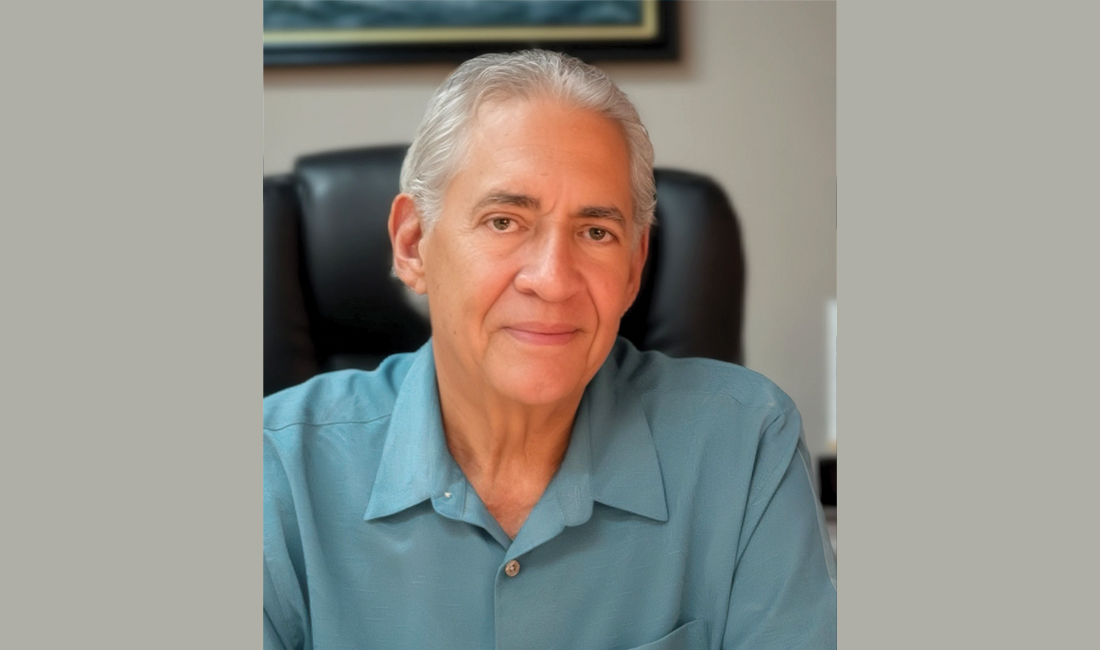
24 Jun Interview with George Pelgrim, Intermar, St Maarten
Reflecting on your journey as founder and president of INTERMAR, what are the key milestones that have shaped both the company’s success and Sint Maarten’s maritime sector?
INTERMAR has grown alongside the island over the past 40 years. When we started, there were fewer cruise ships, fewer passengers at the airport and overall imports were much lower. The port infrastructure was minimal. As the government, economy and demand grew, so did we, investing in equipment, personnel and expanding our shipping lines. Our growth has mirrored the island’s development. As a cargo logistics facilitator, we ensure we are always ready to meet the growing demand.
St. Maarten is strategically positioned for transshipment as the first port of entry for European trade. Unlike other islands, we have minimal bureaucracy and operate a 24/7, year-round port. Our main challenge is the small port infrastructure. If the government and stakeholders invest in expanding it, we can capitalize on transshipment opportunities. We are already transshipping to neighboring islands like Antigua, but our growth is limited by space.
As the island and infrastructure grow, our company is ready to support that expansion. I have visited all the ports in the Caribbean and observed that their structures are larger. However, we are vibrant, flexible and ready to do more. While I enjoy cruising, I focus on port operations, comparing equipment and infrastructure. Their advantage is more real estate around the port. Despite our limited space, our company has the equipment and manpower to handle our capacity. We are already excelling in our current operations, both at the port and as a company.
What opportunities are driving INTERMAR’s expansion efforts and what new services or markets are you exploring as part of INTERMAR’s next phase of growth?
I recently visited Tailor Industries in Mississippi, one of the world’s largest manufacturers of port equipment, from small forklifts to large container handlers. They are capable of producing EV equipment, recently delivering some to the Port of Los Angeles. While we depend on the island’s infrastructure, bringing in electric equipment isn’t feasible yet due to issues with the local grid. Once the electrical system is stable, we can move in that direction. Our vendors have the equipment to meet those needs and we are prepared for when the time comes. We grow with the industry and I’m already exploring what’s out there to be ready.
What makes Sint Maarten a unique maritime hub in the Caribbean and how can the island further strengthen its position in global shipping and yachting?
The yachting industry is growing steadily, thanks to the island’s offerings. In the last five to six years, two new marinas — Skyport Marina near the airport and Dock Maarten in
Point Blanche — have been developed, with private investments in facilities and docking. The results are evident, with busy marinas benefiting everyone, including us. As the industry grows, we see increased imports for yacht-related equipment, which goes through our organization, benefiting the port, economy, local vendors and the yacht sector.
The French side is also planning a yacht facility and we support that growth by providing cargo and logistics for imports and transportation. Yachts bring high-value guests who enjoy Sint Maarten’s hospitality and with our improved international connections, the island is becoming an accessible destination. We also have relatively low crime, making it a safe place to visit and I hope it remains that way. We depend on the island’s infrastructure to support us. Our company is ready to adapt if new requirements or restrictions arise.
How do you envision U.S.-Sint Maarten trade evolving and what specific opportunities do you see for U.S. investors in Sint Maarten’s maritime sector?
The cruise industry is growing, with new vessels being built daily and looking for destinations. Sint Maarten is one of the top destinations in the Caribbean and as long as the island maintains proper infrastructure and keeps its offerings up to date, it will continue to attract visitors and cruise lines. With the U.S. administration making moves that will impact global trade and tourism, I foresee an increase in visitors this season, especially from Canada, as they shift destinations. The island is prepared and doing its best to capitalize on this opportunity.
U.S. investors are drawn to real estate here due to advantages like no capital gains tax and other tax benefits. Investments in properties like condos or hotels bring additional revenue to the island, benefiting everyone. While Sint Maarten doesn’t have a citizenship-by-investment program, as it’s governed by the Dutch government, we do hold Dutch passports. We are autonomous, but still a Dutch territory.
How busy does the cargo sector keep you?
Our company, in collaboration with cargo lines like Tropical Shipping, has seen growth in provisioning cruise vessels at our port. Cruise ships traveling in the Caribbean use our port for provisioning, sending supplies from Miami or Europe. We handle all logistics, ensuring ships receive fresh produce, meat and other goods. Sint Maarten is gradually becoming a key destination for supporting cruise lines in the Caribbean, which is a promising new trend.


Sorry, the comment form is closed at this time.